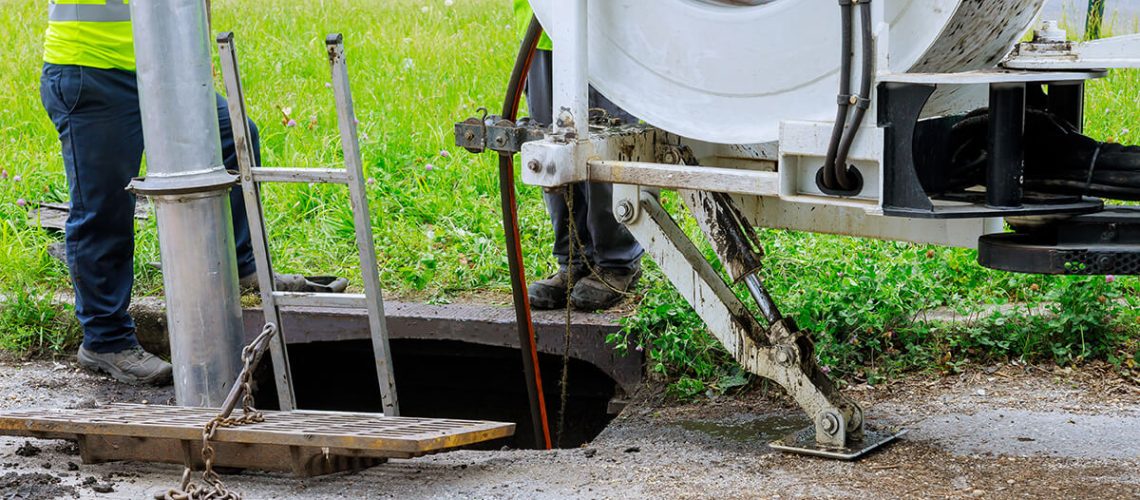The septic drain field is an essential part of the septic system. When it clogs, your septic tank can’t do its job, and you’ll find yourself with a backed-up septic line. This blog post will teach you how to fix a septic drain field, so you don’t have to worry about ever having this problem again.
We’ll start by discussing what’s involved in repairing a septic drain field, including costs and steps for the process. We’ll also talk about some common causes of septics backing up that you should be aware of before we dive into fixing them!
Did you know that a septic tank system is used in nearly one out of every five homes in the United States? Despite this, few of these homeowners have a complete understanding of how the systems work. If there are difficulties with the design, especially if septic drain field repair is required, this can confuse.
COMMON SEPTIC TANK PROBLEMS
Septic tanks can be one of the most expensive home repairs to have done, and often people wait until it’s too late before they finally decide to take action. A septic tank is designed to last 20 years – that doesn’t mean that you should put off any necessary maintenance for two decades. What are some common problems with a septic tank?
Clogs
Something must be done to restore the smooth flow of water through your plumbing system when your sink or toilet drains become clogged. Chemical drain cleaners are widely accessible commercially, but they may not always be the ideal option for a clogged drain since some chemical cleaners — particularly those that contain high quantities of powerful compounds — might upset the balance and damage your septic system. You’ll need a septic-friendly drain cleaner that won’t harm your septic system. Here are some methods for unclogging your drain without causing damage to your septic or plumbing system:
- Pour hot water down the drain to soften the clog and remove it.
- Spraying pressurized water down a clogged drain may also assist solid release obstructions, as the water force helps debris loosen and flow with the current.
- The tested combination of vinegar and baking soda for clog removal also works well for removing buildup.
Tank Or Line Leak
If you notice unusually green grass – healthy grass when all other vegetation is dead or dried up, or particularly colorful grass – it’s possible that your septic tank is leaking or that your lateral lines are receiving far too much wastewater downstream from the septic tank, saturating your yard. Puddles or raw sewage may even be discovered in your yard, posing a serious environmental concern. Your septic system will survive several decades if properly treated and maintained. However, it’s critical not to let common septic tank issues shorten the system’s lifespan.
Here are a few solutions for a septic tank leak:
- Inspect for damage: Look for any signs of damage surrounding the septic tank and drain field. Things like holes in the soil or dirt settling are common indicators. Hire a competent specialist to inspect your system if you notice any signs of damage. When the soil is wet, avoid using heavy machinery near the drain field or tank.
- Avoid pumping water out: Pumping water from your tank into your yard is not a good idea. This is a serious health threat because it might be walked through by children and pets, and it could end up in a stream. This, in turn, could result in waterborne illness, which is potentially fatal and spreads quickly from person to person.
- Reduce water use: The household needs to limit their water use once the septic system has been repaired. Make sure there are no dripping sinks or showers and that no toilets are running. Even if a faucet drips one drop every 40 seconds, this can add up to a significant amount of water in the septic tank over time. If any of your fixtures are leaking, have them fixed as quickly as possible. The water from your sump pump in the basement should not be pumped into the septic tank. Also, be certain that it does not leak near the drain field. Roof gutters should be directed away from the drain field as well. Reduce the number of times you flush the toilet, wash your clothing at a laundromat, bathe less frequently, and only use the dishwasher when it’s full. Conserve water as much as possible. The drain field was designed to manage only the amount of water that your home regularly produces. If the water table around the drain field is high, the drain field’s ability to handle water from your house is limited.

